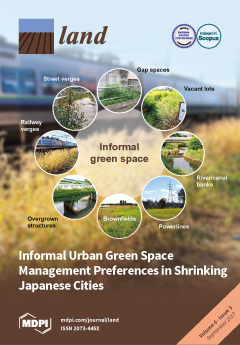Stratégie de développement et plan pour la promotion de la foresterie urbaine et périurbaine de la ville de Bangui.
Confrontée à la précarité quant à l’accès aux ressources; la vulnérabilité du paysage et du bassin versant avec des risques d’érosion, de glissements de terrain et d’inondation; la réduction des approvisionnements et augmentation des prix des produits forestiers non ligneux; et la raréfaction produits énergétiques issus du bois, la République centrafricaine a en 2009 adopté la Stratégie de développement et plan pour la promotion de la foresterie urbaine et périurbaine de la ville de Bangui.






